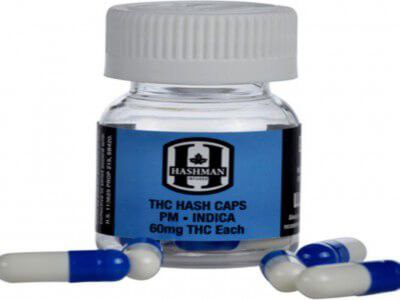About Hash
Hashes are the young, resinous heads of the surface of plants. It is presumed that the growing popularity of hash happened about AD 900, but that there were certain forms of collection of resin in the hands of cannabis farmers that were supposed to have existed prior to written history. The word hashish comes from the Arabic language, which means hemp. A product extracted from cannabis plant resin is Hashish, or Hashish. As pure hashish is not burned if the joint is rolling alone, this method of consumption is usually mixed with herbal marijuana.
Hash Benefits
There are several synonyms and alternative names, depending on country or region. Hash is a concentrate derivative of cannabis consisting of plant preparations compressed or cleansed from stalked resin glands known as trichomes. It is classified in the 1961 UN Single Convention on Narcotic Drugs, Schedules I and IV, as a separate resin obtained from a cannabis plant, whether it is pure or cleaned. In Europe (2011), the purities of confiscated hashish range from 4% to 15%. The proportion of hashish in the seizures of final cannabis items was 18 per cent between 2000 and 2005.
Uses
Hashish can be consumed through oral intake, or by smoking; typically, in pipes, bongs, Vaps or joints, in which cannabis or tobacco is normally mixed, as pure hashish burns poorly, if burned alone. Individuals in many parts of the world make what is referred to as bucket bottles, in which a bottle with the bottom is taken off in a bucket of water. THC has low water solubility, which means that a fatty meal or snack should be ingested. The methods are typically similar to the overall cannabis intake. Although it is a sort of concentrate, it is typically processed into rosin, a solventless extract generated using pressure or heat using cannabis products. The resulting product is referred to as Real Hash Rosin, if it is mixed with fresh or frozen vegetable material.

